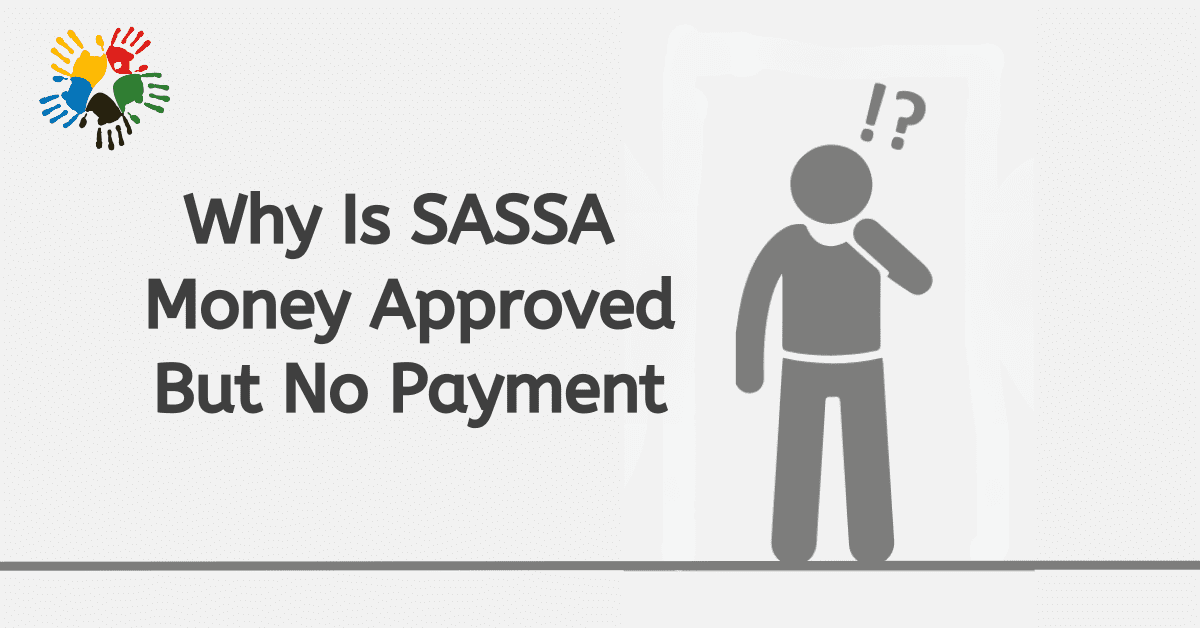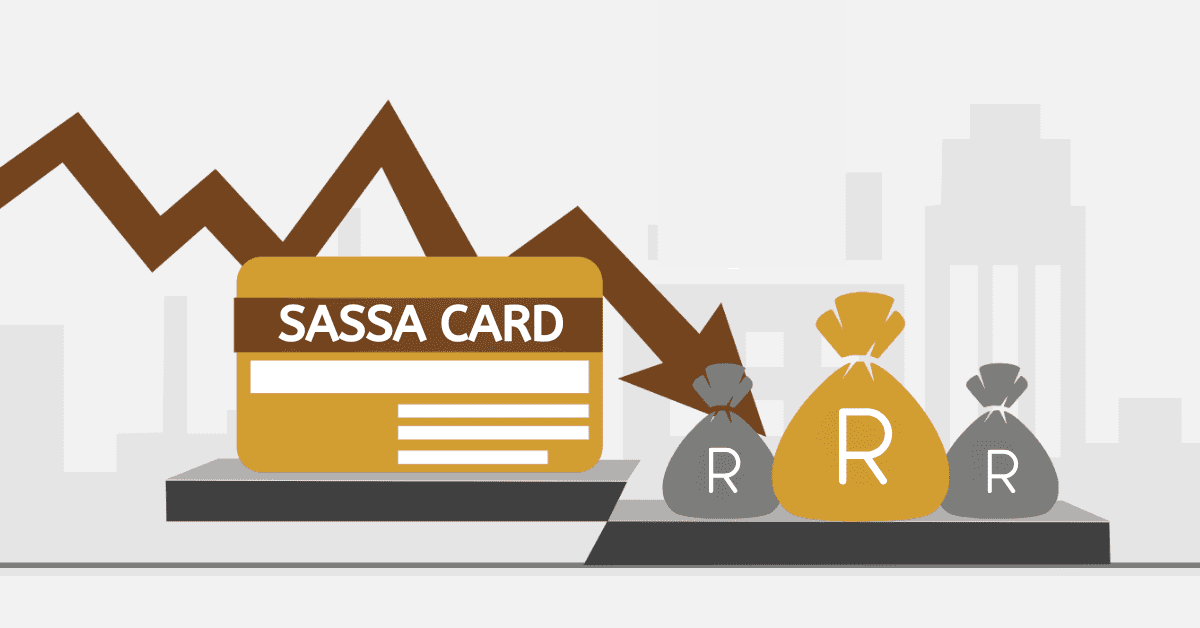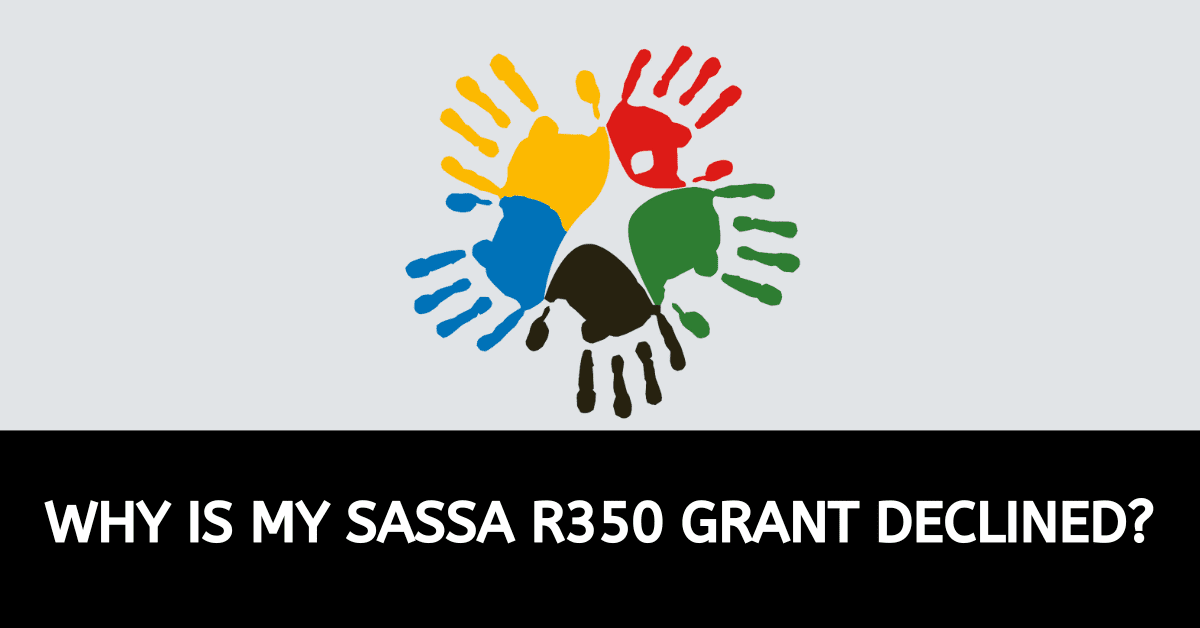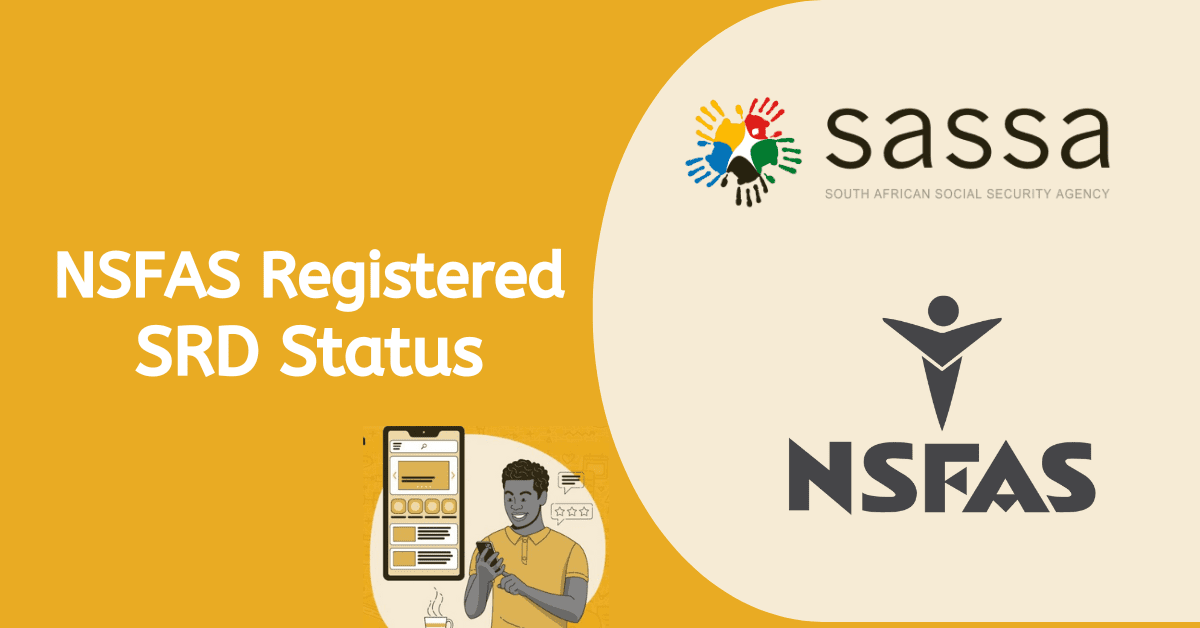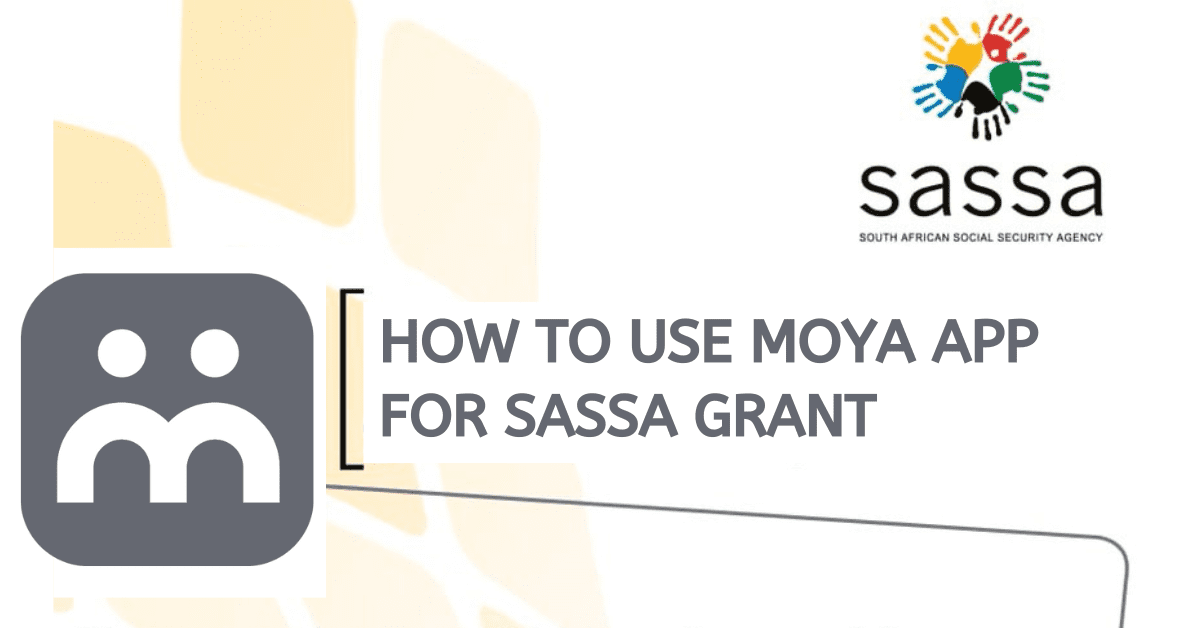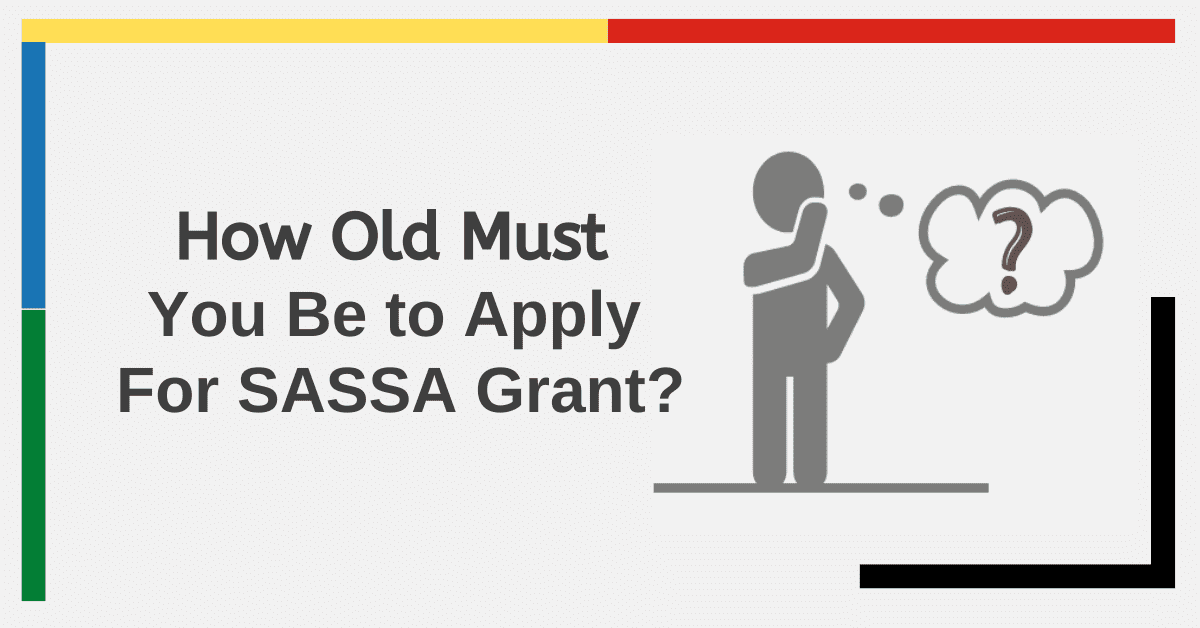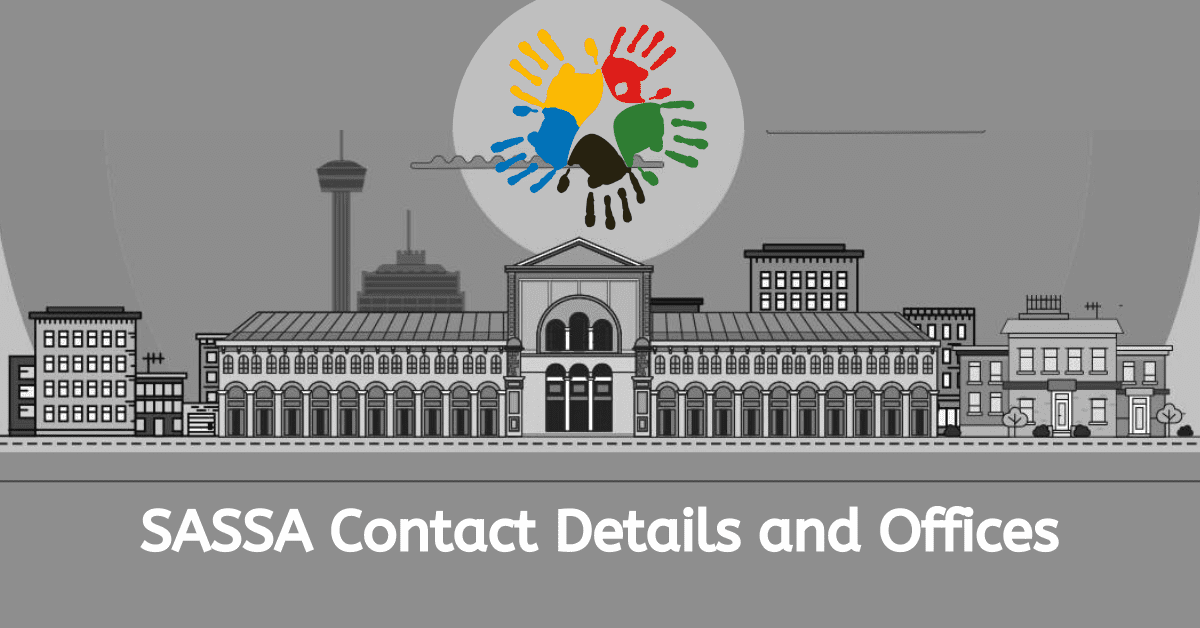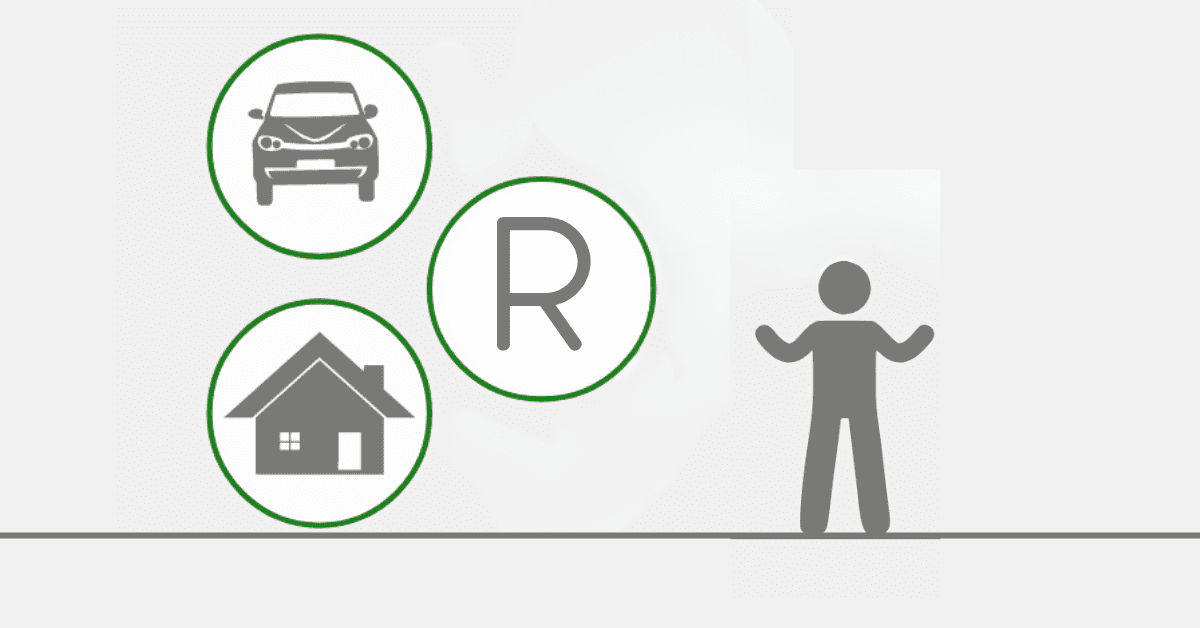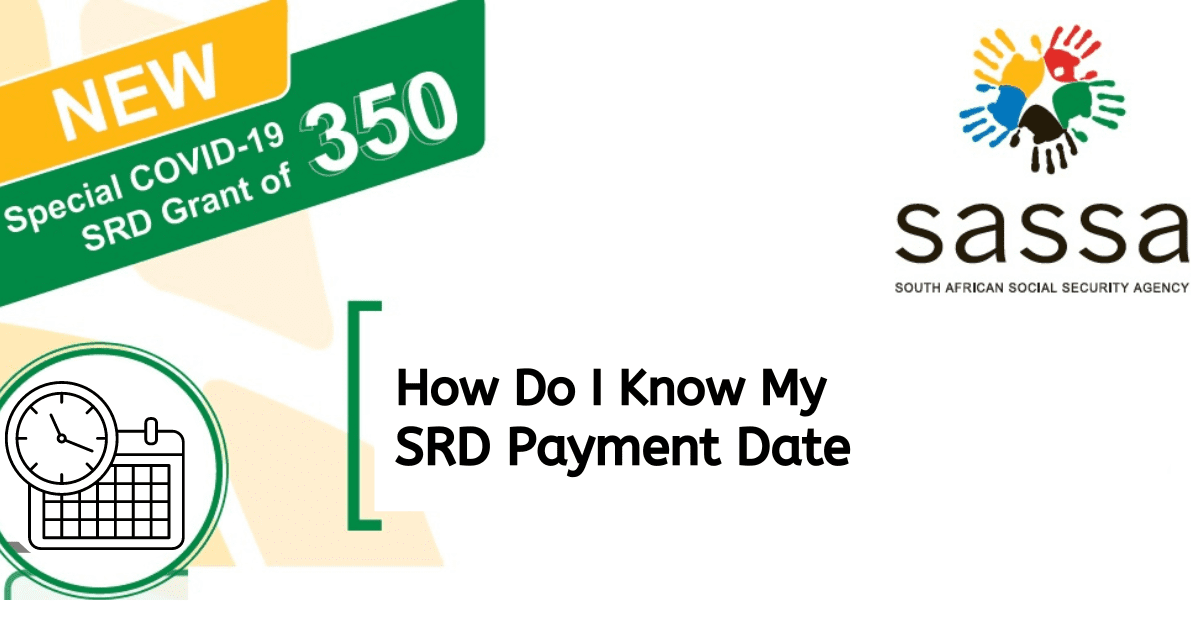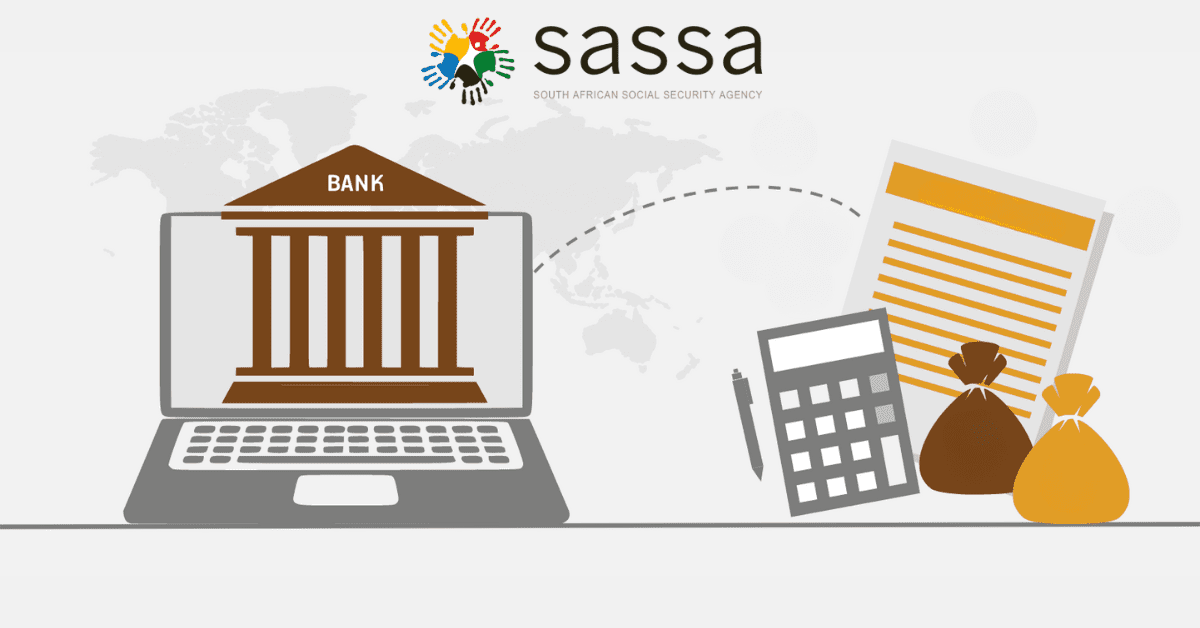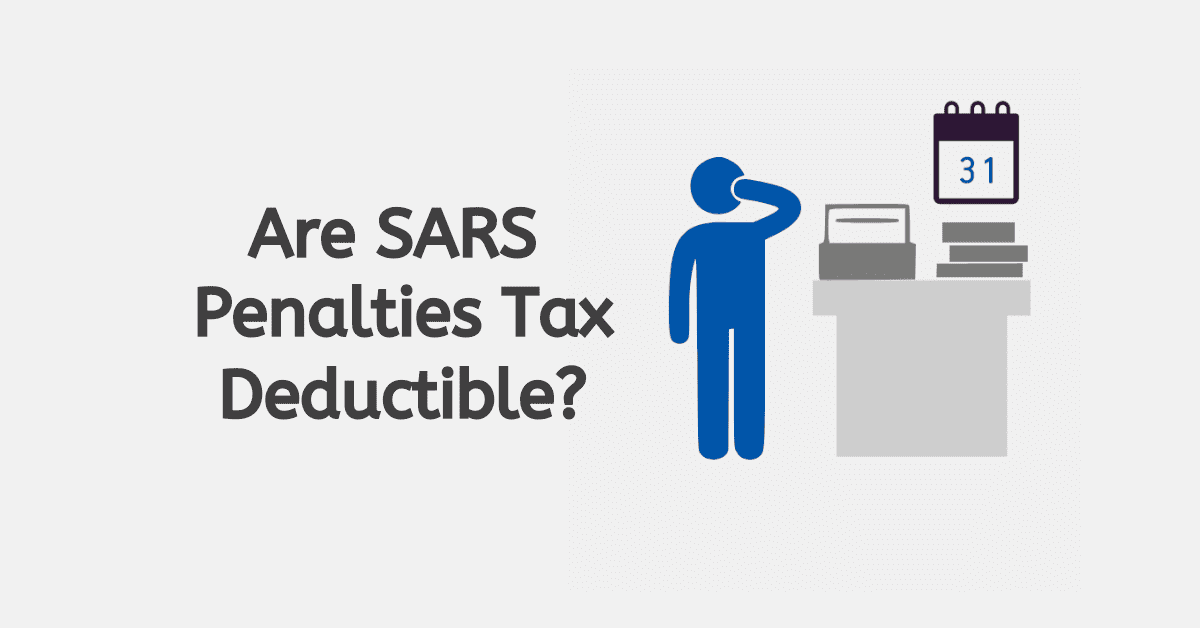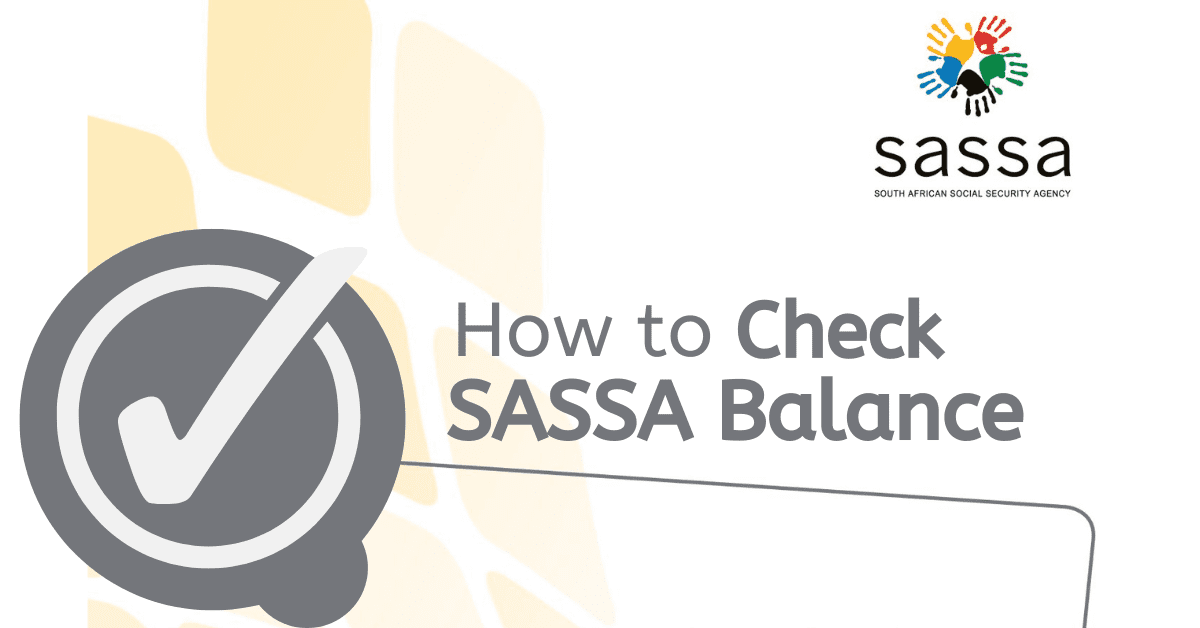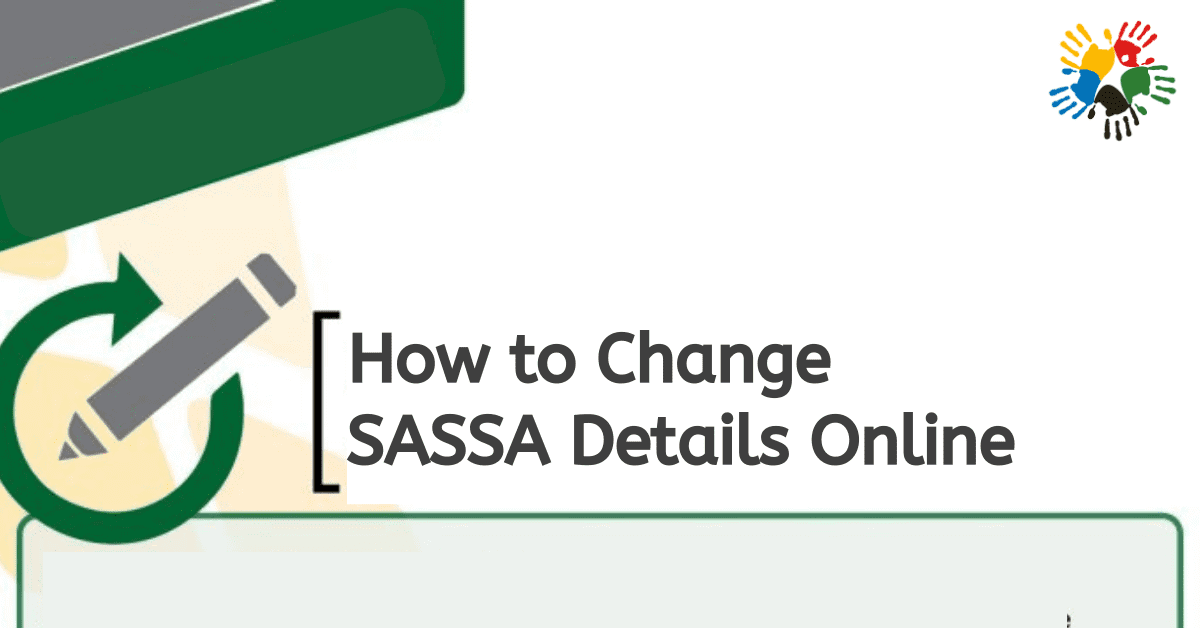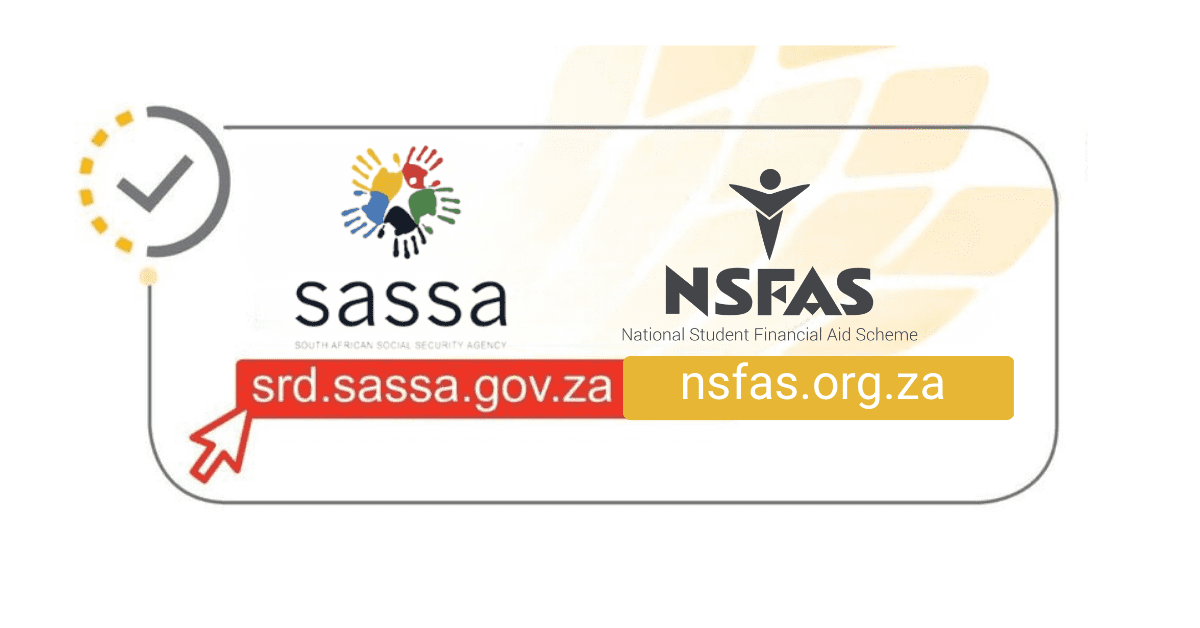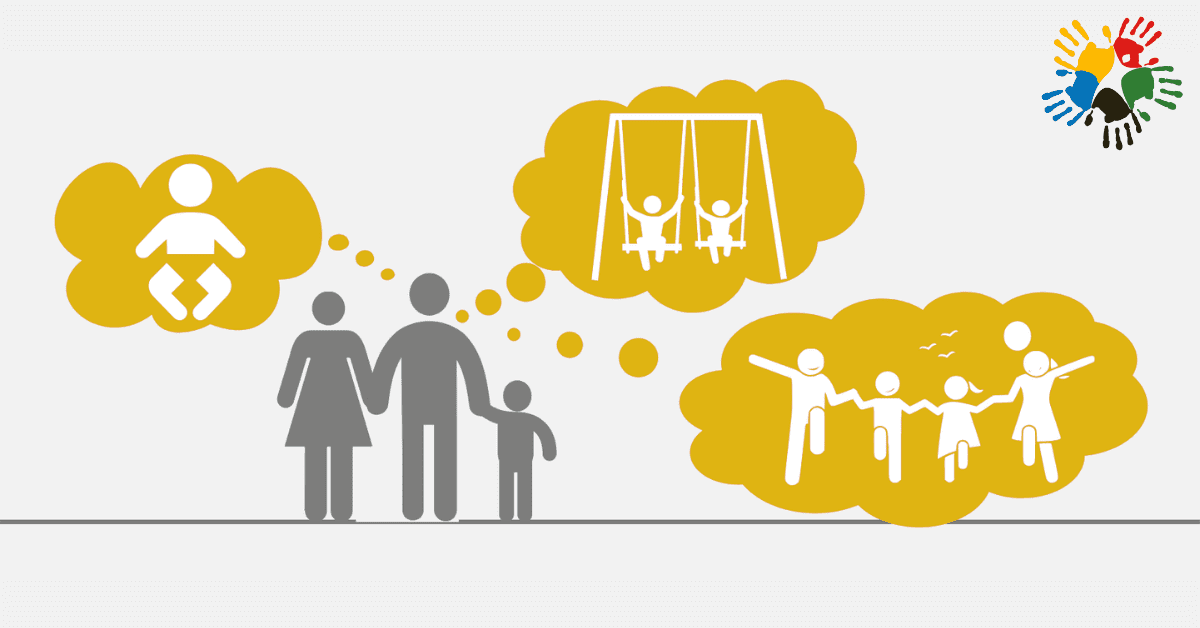Are you a resident of South Africa who needs social grants to cover your basic expenses? Then, you need to be aware of the Grant-In-Aid increase. SASSA increased this grant to R500 as of 1 April 2025 and is expected to increase by another R10 on 1 October 2025. Everything you need to know about the SASSA Grant-In-Aid is covered in this article. These include who is eligible, how to apply, and when the payment is made.
How Much is the SASSA Grant in Aid 2025?
The Grant-In-Aid increased to R500 on April 1, 2025, an increase of R20 over the previous level of R480. Additionally, it will increase by R10 more on October 1st, 2025, bringing the total Grant-In-Aid amount to R510. This increase will significantly improve the lives of those who depend on the grant for daily living expenses.
According to Finance Minister Enoch Godongwana’s speech on the 2025 budget, the South African government will allocate an additional R227 billion over the medium term, with R66 billion of that amount going to social development. With the assistance of this funding, the COVID-19 SRD will be extended through 31 March 2025.
R30 billion will also be set aside to guarantee that other social grants are increased in line with inflation. This update implies that recipients of SASSA grants can anticipate an increase in their grant amount.
Overall, these raises and additional funding show how committed the government is to helping those in need and assisting weaker members of society. Grant recipients should be aware of these changes to plan their finances appropriately.
How Much is SASSA Grant in Aid Per Month?
Here is another good news for those who require full-time care from a third party and receive an old age, disability, or war veteran’s grant. The South African Social Security Agency (SASSA) offers a grant-in-aid as an additional monthly payment to assist those in need.
The grant-in-aid must be combined with one of the aforementioned central grants; it is not a separate payment. The government has established a standard monthly amount of R500 for the grant-in-aid. For those who require full-time care, this payment can significantly impact their lives.
Understanding that you are ineligible for the grant-in-aid if you reside in any state-subsidized institution is crucial. Additionally, the grant-in-aid is subject to the same conditions as your primary grant. You must have a valid medical or assessment report that attests to your need for full-time care and is no older than three months. This report doesn’t have to come from a state doctor; it could come from a private doctor instead.
You may submit an application for the grant-in-aid along with your main grant application if you are eligible. Many people in South Africa rely on grants from the government as their only source of support. The grant-in-aid is an essential safety net for people who require round-the-clock care and assistance.
Who Qualifies for SASSA Grant in Aid?
You might be eligible for the Grant-in-Aid if you receive a social grant and require full-time care from someone else. This grant can assist in covering the cost of the full-time caregiver who looks after you.
You must already receive a disability grant, a grant for veterans of war, or a grant for older people to be eligible for the Grant-in-Aid. Additionally, you must require full-time care from someone else due to a physical or mental disability that prevents you from caring for yourself. Furthermore, you cannot reside in any state-subsidized facility that receives funding from the government for your care or housing.
If you satisfy these conditions, you might qualify for the Grant-in-Aid. You must submit a current, less than three-month-old medical report or assessment report to apply. This report, which can be from a state or private doctor, must demonstrate that you need full-time medical attention.
What Date is SASSA Grant in Aid Paid?
Do you have a deadline in mind for receiving your SASSA Grant-In-Aid payment? If your application is accepted, you will receive payment from the day you submit it. To avoid any payment delays, you must apply for the grant as soon as you meet the requirements.
For the Grant-In-Aid, SASSA offers three different payment options: cash payment at a specific pay point on a specific day, electronic deposit into your bank or Postbank account, or payment through an organization serving as the grant’s administrator.
It’s important to remember that when the social grant to which your Grant-In-Aid payment is attached is reviewed, your payment may also get reviewed. Therefore, follow all the guidelines and have a valid medical report or assessment report proving your need for full-time care.
The sooner you apply, the sooner you can receive your payment, even though it could take up to three months for your application to be processed. So, if you are eligible for the SASSA Grant-In-Aid, don’t wait to submit your application.
How to Apply for SASSA Grant in Aid
It may seem difficult to apply for a SASSA grant in aid, but it doesn’t have to be. You can submit a successful application for this significant benefit if you have the necessary knowledge and a positive outlook. What you should know is as follows.
You should go to the SASSA office closest to your house to apply for an aid grant. Bring your 13-digit bar-coded ID, proof of marriage (if applicable), and a recent medical or assessment report demonstrating your need for full-time care. The report should be dated within the last three months.
Once you’re there, work with a SASSA officer to complete the application form. Following the interview, they will inform you of your eligibility for the grant. If you cannot visit the office due to age or illness, a family member or friend may submit an application on your behalf with a letter from you or a note from a physician.
You’ll get a receipt once the application is finished as evidence of your submission. If your application is rejected, SASSA will provide you with a written justification for the decision. However, if you disagree, you can appeal the decision to the Minister of Social Development within 90 days of learning that your application was denied.
Though the grant application process could take up to three months, if accepted, you will start receiving payments from the day you submit it. The grant may be paid to you in cash, electronically deposited into your bank or Postbank account, or delivered by an organization serving as the grant administrator.
